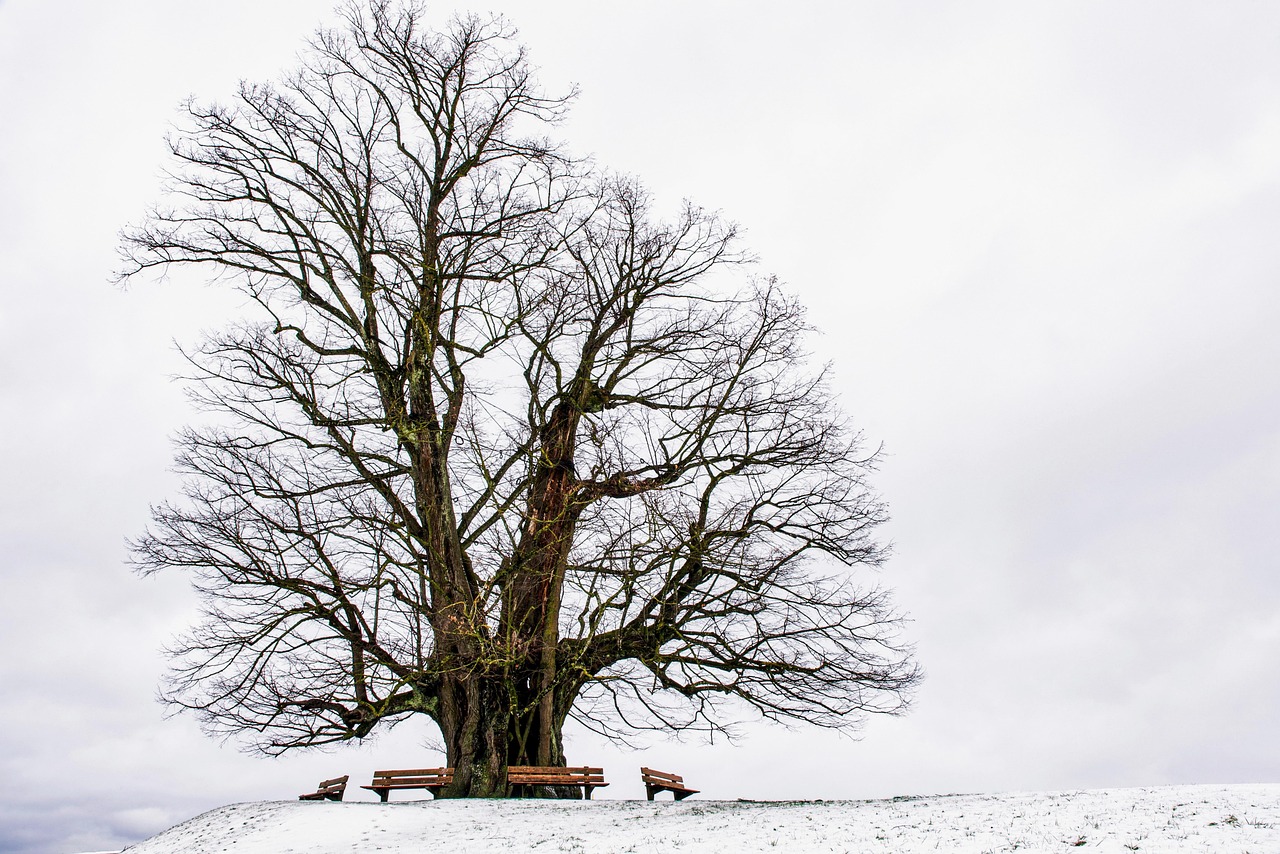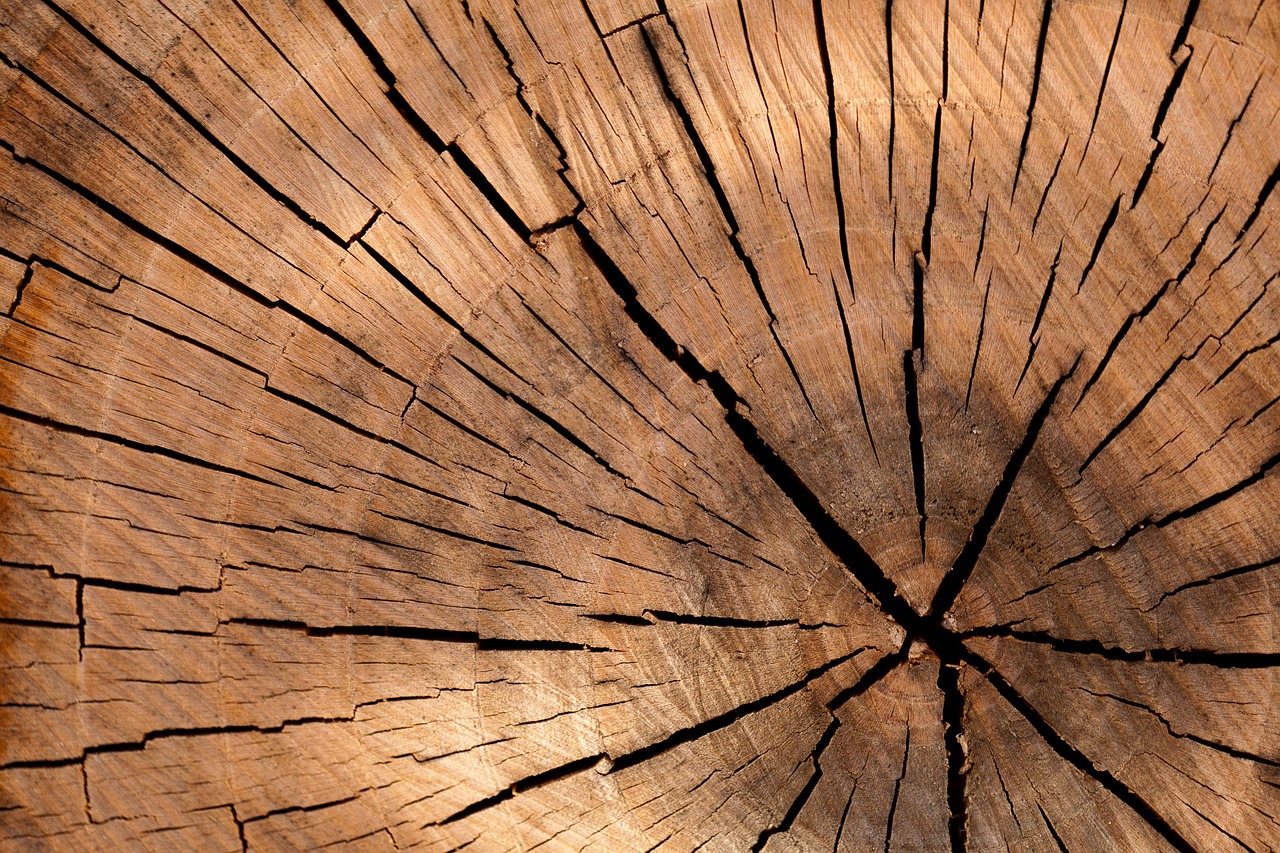The Kadam tree, scientifically known as Neolamarckia cadamba, exhibits a fast growth rate in Asian rainforest gardens, typically reaching heights of 30 to 40 meters in just 10 to 15 years under optimal conditions.
Kadam Tree Overview
The Kadam tree is native to the tropical regions of Asia, particularly found in countries like India, Bangladesh, and Thailand. It is renowned for its impressive height and broad canopy. This tree is often cultivated not only for its beauty but also for its ecological benefits.

In rainforest gardens, the Kadam tree plays a crucial role in maintaining biodiversity. It provides habitat and food for various wildlife species, including birds and insects. The tree’s dense foliage offers shade, which can benefit understory plants and help maintain soil moisture in the garden ecosystem.
Growth Conditions
The growth rate of the Kadam tree is influenced by several environmental factors. These include soil quality, water availability, sunlight exposure, and temperature. To optimize growth, it is essential to create suitable conditions that mimic its natural habitat.
- Soil Quality: Kadam trees prefer well-draining soils rich in organic matter. They thrive in loamy soils but can adapt to a range of soil types.
- Water Availability: Regular watering is crucial, especially during dry spells. However, the tree is also somewhat drought-resistant once established.
- Sunlight Exposure: Full sun is ideal for healthy growth, although young trees benefit from partial shade.
- Temperature: Kadam trees grow best in warm, humid climates typical of tropical rainforests.
Growth Rate Details
The Kadam tree’s rapid growth makes it an attractive option for reforestation projects and garden landscapes. Under ideal conditions, the tree can grow up to 1 meter (3.3 feet) per year during its early years. This fast growth allows it to quickly establish itself in new environments.

As the tree matures, its growth rate may slow down slightly, but it can still add significant height and width each year. Factors such as competition with other plants and local climate conditions can affect this growth rate.
Benefits of Kadam Trees
The Kadam tree offers numerous benefits to both the environment and local communities. Some of these include:
- Ecological Impact: Kadam trees contribute to carbon sequestration, helping to mitigate climate change. They also enhance soil quality through leaf litter decomposition.
- Cultural Significance: In many Asian cultures, the Kadam tree is considered sacred. It is often associated with spiritual practices and local folklore.
- Economic Uses: The wood of the Kadam tree is valuable for furniture making and construction due to its durability.
- Biodiversity Support: By providing a habitat for various wildlife species, the Kadam tree plays a vital role in promoting biodiversity in rainforest gardens.
Challenges in Cultivation
While the Kadam tree is relatively easy to grow, some challenges may arise during cultivation. Pests and diseases can pose risks to young trees. Common pests include caterpillars and beetles that may damage leaves. Additionally, fungal infections can affect the health of the tree if not managed promptly.

Regular monitoring and maintenance are essential for ensuring healthy growth and preventing potential issues. Implementing integrated pest management strategies can help mitigate these risks effectively.
Conclusion on Growth Potential
The potential for the Kadam tree to flourish in Asian rainforest gardens is significant. With proper care and attention to environmental conditions, this tree can thrive and contribute positively to both the ecosystem and local communities.
Propagation Techniques for Kadam Trees
Propagation of the Kadam tree can be achieved through various methods, each with its advantages and challenges. Understanding these techniques is essential for successful cultivation in Asian rainforest gardens.

Seed Propagation
One of the most common methods of propagating Kadam trees is through seeds. This technique is straightforward but requires some specific steps to enhance germination rates.
- Seed Preparation: Seeds should be cleaned and soaked in water for 24 hours before planting. This helps to soften the seed coat and improve germination.
- Sowing: Seeds are typically sown in a well-draining potting mix. A depth of about 2-3 cm is recommended for optimal growth.
- Temperature and Moisture: Maintaining a warm environment with consistent moisture is crucial. Seeds usually germinate within 2 to 4 weeks under ideal conditions.
Vegetative Propagation
Another effective method for propagating Kadam trees is through vegetative means, such as cuttings. This technique can produce faster results compared to seed propagation.
- Cutting Selection: Choose healthy young branches that are approximately 15-20 cm long. The cuttings should have at least two leaves.
- Rooting Hormone: Applying rooting hormone to the cut end can enhance root development.
- Planting: Place the cuttings in a mixture of sand and peat moss. Keep the soil moist and provide indirect sunlight until roots develop, which can take several weeks.
Maintaining Healthy Kadam Trees
Once established, maintaining the health of Kadam trees is vital for their growth and longevity. Several key practices can help ensure that these trees thrive in their environment.
Watering Practices
Proper watering is essential during the early stages of growth. Young Kadam trees need regular watering, especially during dry spells.
- Frequency: Watering should be done at least once a week, increasing frequency during hot, dry periods.
- Depth: Ensure that water reaches the root zone. A deep watering approach is more beneficial than frequent shallow watering.
Fertilization
To promote robust growth, fertilization is important. Nutrient-rich soil supports healthy development.
- Organic Fertilizers: Using compost or well-rotted manure provides essential nutrients without harming the environment.
- Chemical Fertilizers: If necessary, a balanced NPK fertilizer can be applied during the growing season to supplement nutrients.
Pest and Disease Management
Managing pests and diseases is critical for the healthy growth of Kadam trees. Implementing preventive measures can reduce the risk of infestations.
Common Pests
Several pests may target Kadam trees, including:
- Caterpillars: These pests can defoliate young leaves, hindering growth.
- Leaf Beetles: These insects may cause damage to leaves and stems.
Disease Prevention
Diseases can also affect Kadam trees, particularly fungal infections. To combat these issues:
- Pruning: Regular pruning helps improve air circulation and reduces humidity around the foliage, limiting fungal growth.
- Pesticides: Utilizing organic pesticides can effectively manage pest populations without adversely affecting beneficial insects.
Kadam Tree Benefits in Urban Landscapes
The Kadam tree’s rapid growth and aesthetic appeal make it a popular choice for urban landscapes as well as rainforest gardens. Its numerous benefits contribute to urban biodiversity and environmental health.
- Aesthetic Value: The Kadam tree has broad, lush foliage and produces fragrant flowers that enhance the visual appeal of gardens and parks.
- Shade Provision: Its large canopy provides excellent shade, making it an ideal tree for urban parks and recreational areas.
- Air Quality Improvement: Like many trees, Kadam trees help improve air quality by absorbing carbon dioxide and releasing oxygen.
Integrating Kadam trees into urban planning can lead to more sustainable and enjoyable living environments while supporting local wildlife populations.
Ecological Role of Kadam Trees
The Kadam tree serves numerous ecological functions that are vital to the health of rainforest gardens and urban environments. Its presence contributes positively to the ecosystem, promoting both biodiversity and sustainability.
Habitat for Wildlife
Kadam trees provide essential habitats for various species of wildlife, making them a critical component of biodiversity in rainforest regions.
- Birds: The dense foliage offers nesting sites and protection for birds, attracting species that help with pollination and seed dispersal.
- Insects: The tree’s flowers are a source of nectar for bees and butterflies, supporting pollinator populations that are crucial for the reproductive success of many plants.
- Mammals: Small mammals may use Kadam trees for shelter and food, enriching the local food web.
Soil Health Enhancement
Kadam trees play a significant role in improving soil health in their surroundings. Their large root systems help prevent soil erosion and promote nutrient cycling.
- Root Structure: The extensive root system stabilizes soil, reducing the risk of landslides in hilly areas.
- Organic Matter: Fallen leaves decompose and enrich the soil with organic matter, enhancing its fertility.
- Microbial Activity: The tree supports microbial life in the soil, which is essential for nutrient availability to plants.
Cultural Significance of Kadam Trees
The Kadam tree holds cultural importance in many Asian countries. Its symbolism and uses reflect the deep connections between people and nature.
Religious and Spiritual Importance
In several cultures, the Kadam tree is considered sacred, often associated with various religious practices and beliefs.
- Buddhism: The Kadam tree is revered in Buddhist traditions, often linked to enlightenment and wisdom.
- Festivals: Many festivals celebrate the blooming of Kadam flowers, marking seasonal changes and agricultural cycles.
Traditional Medicine
The Kadam tree is also valued in traditional medicine for its various health benefits.
- Medicinal Properties: Different parts of the tree, such as leaves and bark, are used in herbal remedies to treat ailments like fevers and inflammation.
- Local Remedies: Communities often rely on Kadam tree extracts as part of their traditional healing practices.
Kadam Trees in Agroforestry Systems
The integration of Kadam trees into agroforestry systems can provide multiple benefits to farmers and enhance agricultural productivity.
Intercropping Benefits
Kadam trees can be effectively intercropped with various crops, creating a mutually beneficial relationship.
- Shade Crops: The canopy of Kadam trees provides shade that can protect sensitive crops from harsh sunlight, helping them thrive.
- Nitrogen Fixation: While Kadam trees are not nitrogen-fixing themselves, their presence can promote a diverse ecosystem that supports nitrogen-fixing plants in the understorey.
Economic Advantages
Incorporating Kadam trees into agricultural practices can lead to economic benefits for local farmers.
- Timber Production: The wood from Kadam trees is valuable and can be harvested sustainably for furniture and construction.
- Fruit Production: Although not primarily known for fruit, some cultivars may produce edible components that can be harvested for local markets.
Kadam Tree Management Practices
Effective management practices are essential to ensure the sustainability and health of Kadam trees within both rainforest gardens and urban landscapes.
Pruning Techniques
Regular pruning helps maintain the shape and health of Kadam trees.
- Timing: Prune during the dry season to minimize stress on the tree and reduce the risk of disease.
- Methods: Remove dead or diseased branches to improve airflow and light penetration within the canopy.
Pest Monitoring
Implementing a consistent pest monitoring program can help detect issues early before they become serious problems.
- Visual Inspections: Regularly inspect leaves and branches for signs of pests or diseases.
- Pheromone Traps: Using traps can help monitor pest populations and inform management decisions.
The integration of these management practices ensures that Kadam trees continue to thrive while providing their numerous ecological, cultural, and economic benefits to communities.
Future Research Directions
As interest in Kadam trees grows, further research is essential to fully understand their potential and optimize their use in various environments. Future studies could focus on several key areas.
Genetic Studies
Investigating the genetic diversity of Kadam trees can provide insights into their adaptability and resilience in different climatic conditions. Understanding genetic variation can help in breeding programs aimed at enhancing growth rates and disease resistance.
Ecological Impact Assessments
Conducting detailed ecological assessments will help quantify the benefits of Kadam trees in both rainforest and urban settings. This research can highlight how Kadam trees interact with other species and contribute to overall ecosystem health.
Climate Change Adaptation
As climate change poses increasing challenges for tree species worldwide, studying how Kadam trees respond to changing environmental conditions is critical. Research could explore their drought tolerance, heat resilience, and ability to thrive in altered habitats.
Community Engagement and Education
Community involvement is vital for the successful cultivation and management of Kadam trees. Engaging local populations can foster a sense of stewardship and responsibility towards these essential resources.
Workshops and Training Programs
Organizing workshops can educate communities about the benefits of Kadam trees and how to care for them effectively. Training programs can empower individuals with the skills needed for propagation, planting, and maintenance.
Participatory Planting Initiatives
Encouraging community-led tree planting initiatives can enhance local biodiversity and inspire collective action. Such programs can create awareness about the importance of trees in combatting climate change and preserving ecosystems.
Final Thoughts
The Kadam tree stands out as a remarkable species with significant ecological, cultural, and economic value. Its rapid growth rate makes it an ideal candidate for rainforest gardens, while its adaptability allows it to thrive in diverse environments.
By understanding the growth requirements and management practices necessary for Kadam trees, communities can harness their benefits effectively. From enhancing urban landscapes to supporting biodiversity in rainforests, Kadam trees offer multiple advantages that contribute to a sustainable future.
As research continues and community engagement grows, the Kadam tree can play a pivotal role in promoting environmental health and enriching the lives of those who cultivate it. By investing in the future of Kadam trees, we invest in a greener, more sustainable planet.
